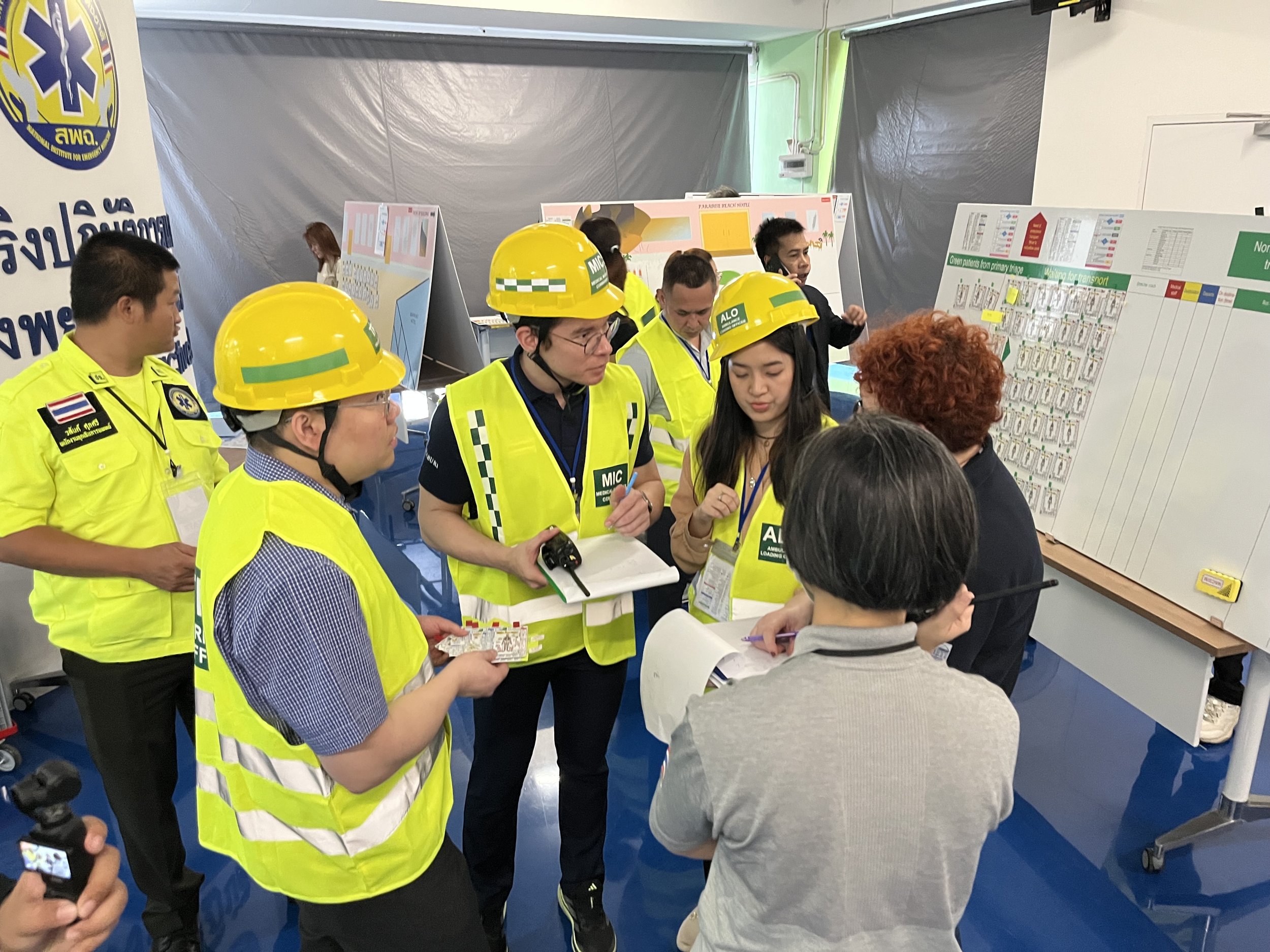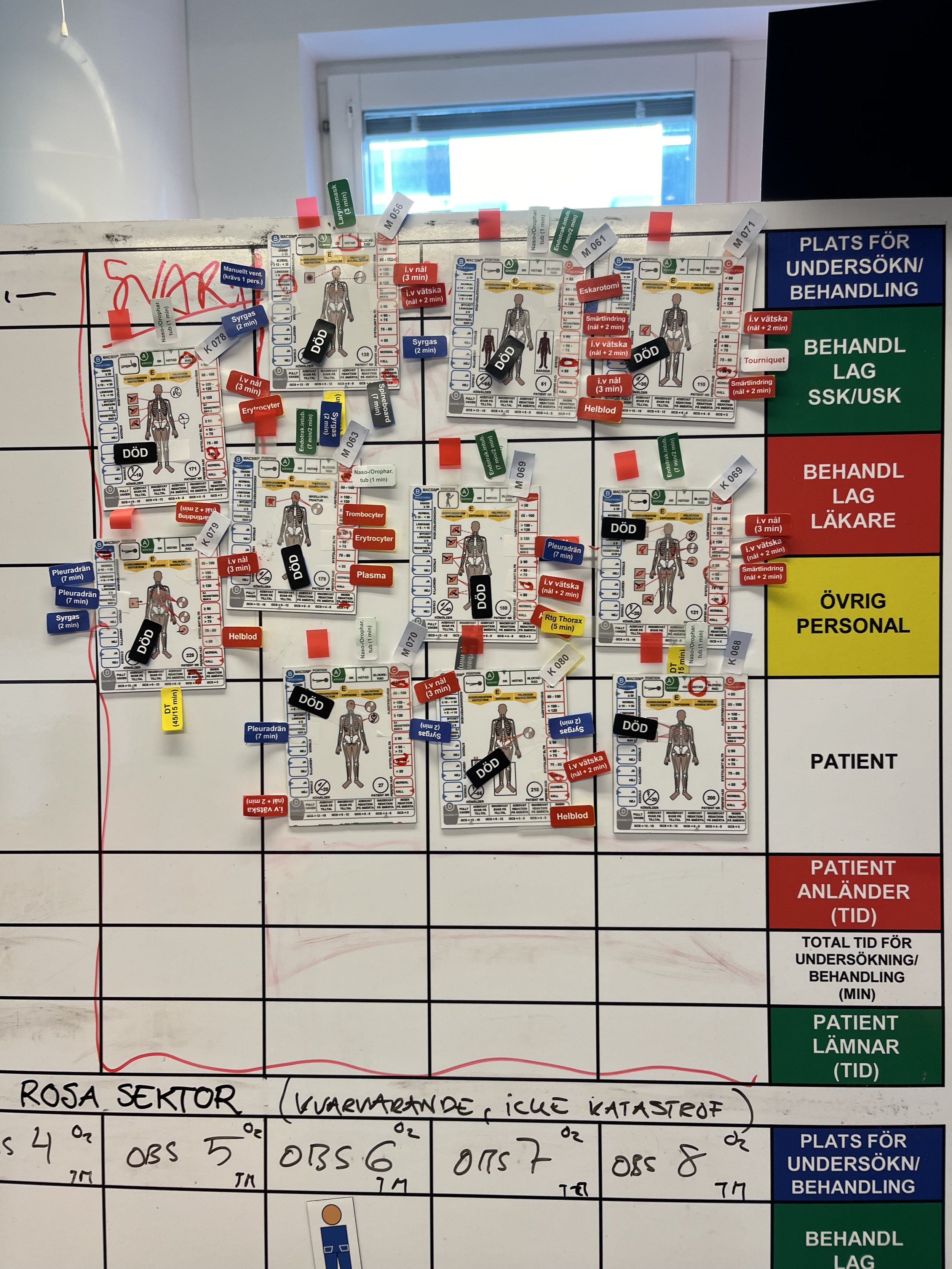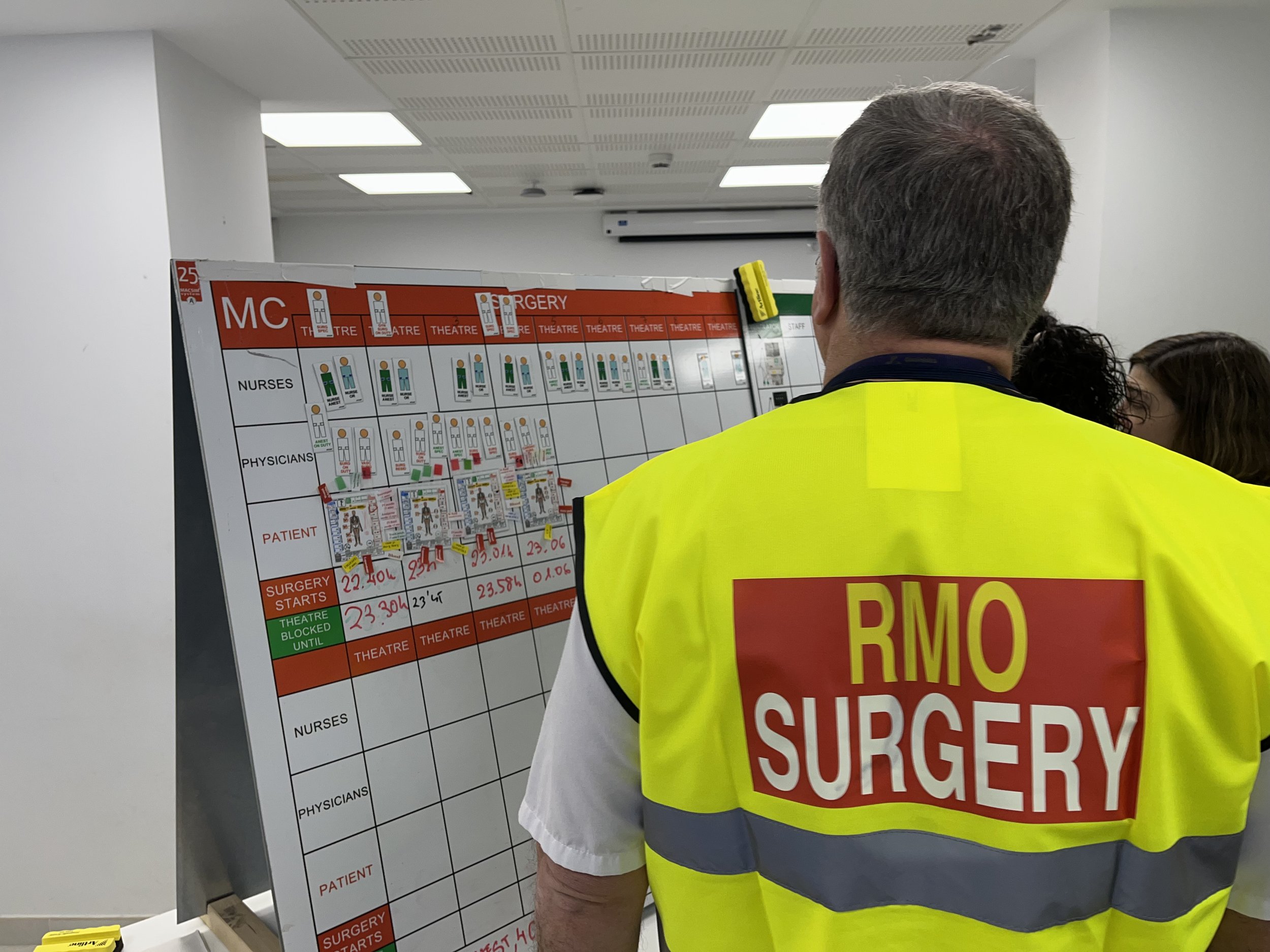Courses
MACSIM is involved in and support a wide range of courses and training programs designed to enhance disaster preparedness and response capabilities across various professional domains. The most widely spread is the MRMI-course (Medical Response to Major Incidents), which provides standardised training in disaster response, emphasising uniform organisation, terminology, and methodology commonly used in European countries.
The MRMI-course
The MRMI-course is a standardized course under protected name and with the aim to teach a uniform organization and methodology according to principles most frequently used in the European countries.
The course is interactive and based on the MACSIM-simulation system. It is owned by a non-profit organization, MRMID- association, with the aim to secure quality of the course and support local organizers. The association is open for membership and includes the directors of MRMI-centers and the core faculty of MRMI.
Permission to organize a course has to be requested from the organization and can only be given to certified MRMI- instructors. The MRMID association is responsible for coordinating instructor training, certifying international instructors and revising course-manuals.
The language in the international courses is English, but national courses are also organized in local languages. The courses are open for medical staff of all categories and also staff from collaborating agencies (rescue, police, military, administrative).
The principles for organization and performance delivered in the course are based on a course-book, written by members of international the expert- group behind the course and published by Springer, Heidelberg (see under “literature”). 405 pages, 225 color illustrations.
Pictures from an international MRMI-course. This incident is a terrorist attack inside a building with injuries taken from a real scenario. The picture illustrates the important collaboration between the Medical Incident Commander, Triage Officer and the Ambulance Loading Officer.
Evacuation and primary triage of injured from a building simulated on a magnetic board. Prehospital medical teams work side by side with rescue teams. The simulation gives the trainees a realistic impression of mass-casualty situation with extensive discrepancy between resources and need of care, emphasising the need of accurate triage.
Every treatment is indicated with a treatment tag indicating the time it takes in reality and the training is run in real time. For every patient, the instructor has access to which treatments that have to be done within certain time to avoid mortality and complications.
In this way, the result of the response can be given in:
Preventable mortality and complications
Consumption of time and resources (staff and material)
Efficiency in utilization of resources
Transport to hospitals is also run with consumption of real time. In the same way as on scene, investigations and treatments are trained in the hospital´s Emergency Department.
Further treatment of casualties in Surgery, Intensive Care and wards follows the same principles. The trainees have access to X-ray pictures of the injuries and also, for those operated, to pictures of findings at surgery as a base for decision with regard to strategy of treatment. The trainees are at all positions supervised, guided and evaluated by experienced instructors.
In the regional command center, coordinators of health care, transport, recue- and police work together, by radio communicating with the commanders on scene and by telephone with the command groups of involved hospitals.
Since the start 2009, more than 10000 participants have been trained in MRMI-courses. Thirteen international MRMI-centers have so far been established in different parts of the world.






